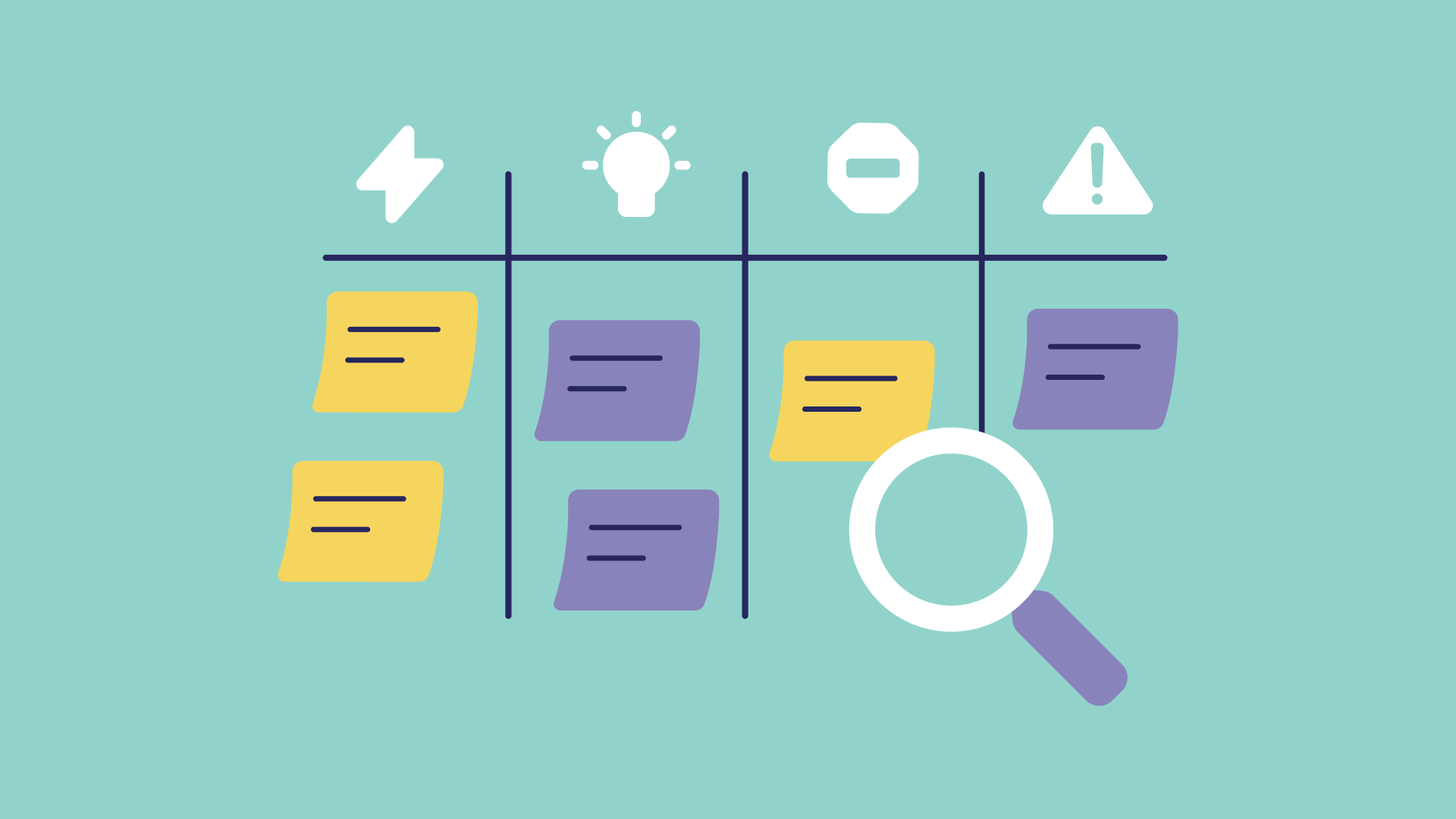
In today's data-centric world, data-intensive applications are ubiquitous. Whether it's business analytics platforms, CRM systems, or advanced e-commerce engines, these applications demand a different level of UI/UX sophistication. This article aims to guide you through the nuances of designing data-intensive applications, focusing on the unique challenges and solutions inherent in this type of project.
What is a Data-Intensive Application?
A data-intensive application handles a large volume of data and typically requires considerable computational resources for data manipulation. These applications often serve multiple user roles and complex use cases, ranging from data visualization to real-time analytics.
Challenges & Approaches to Designing Data-Intensive Applications
In designing data-intensive applications, each challenge is intimately linked to an approach that can solve or mitigate the issue:
- Challenge: Data Complexity
Approach: Information Hierarchy
Simplify complex data by creating an information hierarchy. Highlight the most critical data points and use secondary elements for additional data. - Challenge: Performance
Approach: Lazy Loading and Skeleton Screens
To ensure data is loaded quickly and seamlessly, utilize lazy loading techniques. Also, use skeleton screens to indicate loading status, enhancing user experience. - Challenge: Usability
Approach: Intuitive Navigation and Search Functionality
Enable users to interact with the data easily through intuitive navigation and robust search features, making the application more user-friendly. - Challenge: Scalability
Approach: Responsive and Adaptive Design
The application should adapt to various screen sizes and amounts of data. Using a responsive design ensures that the application is accessible across different devices. - Challenge: User Engagement
Approach: Feedback Loops and Interactivity
Provide users with immediate feedback and interactive elements to keep them engaged and to facilitate easier data manipulation.
What Things to Consider When Building Data-Intensive Applications
- User Research: Understand your users' needs and behaviours through comprehensive user research.
- Design System: Develop a design system to maintain consistency across the application and ensure cohesion between different elements.
- Visualization: Use visual aids to communicate data more clearly, such as charts, graphs, and infographics.
- Wireframing & Prototyping: Before going into full-scale development, wireframe the essential features and create interactive prototypes.
- Compliance & Security: Make sure that the design complies with legal and security standards, especially when handling sensitive or personal data.
- A/B Testing: Utilize A/B testing to validate design choices, improve user experience, and make data-driven decisions.
- Performance Optimization: Track application performance and optimize loading speeds by minimizing data transfer and compression.
- Maintenance & Support: Have a plan in place for regular maintenance and support to ensure the long-term success of the application.
- User Experience: Put users first; design for their needs, not just for aesthetics. Ensure usability, accessibility, and an overall enjoyable experience.
- Data Analysis: Utilize data analysis to gain insights and understand the user behaviour, which in turn provides valuable information for improving the application.
- Scalability: Design features with scalability in mind to support future growth or changes in the application.
- Documentation: Prepare comprehensive documentation that stakeholders can refer to, from system requirements documents, to user manuals and technical support guides.
- Accessibility: Ensure that the application is accessible for as many users as possible by following recommendations from both the W3C standards and WCAG guidelines.
- Customization: Allow users to customize certain aspects of the application to fit their needs.
- Integration: Integrate with third-party services and solutions to extend the application’s functionality.
Conclusion
Designing the UI/UX for data-intensive applications is a highly specialized endeavour. It requires a unique blend of data management skills and design acumen to create an application that is both powerful and user-friendly.
If you're looking for an experienced team to help you navigate the complexities of designing data-intensive applications, Fikri Studio is here for you. Specializing in SaaS and serving clients globally, we bring unparalleled expertise to each project we undertake.
Want to elevate your data-intensive application's UI/UX?
Contact Fikri Studio today for a specialized consultation.













